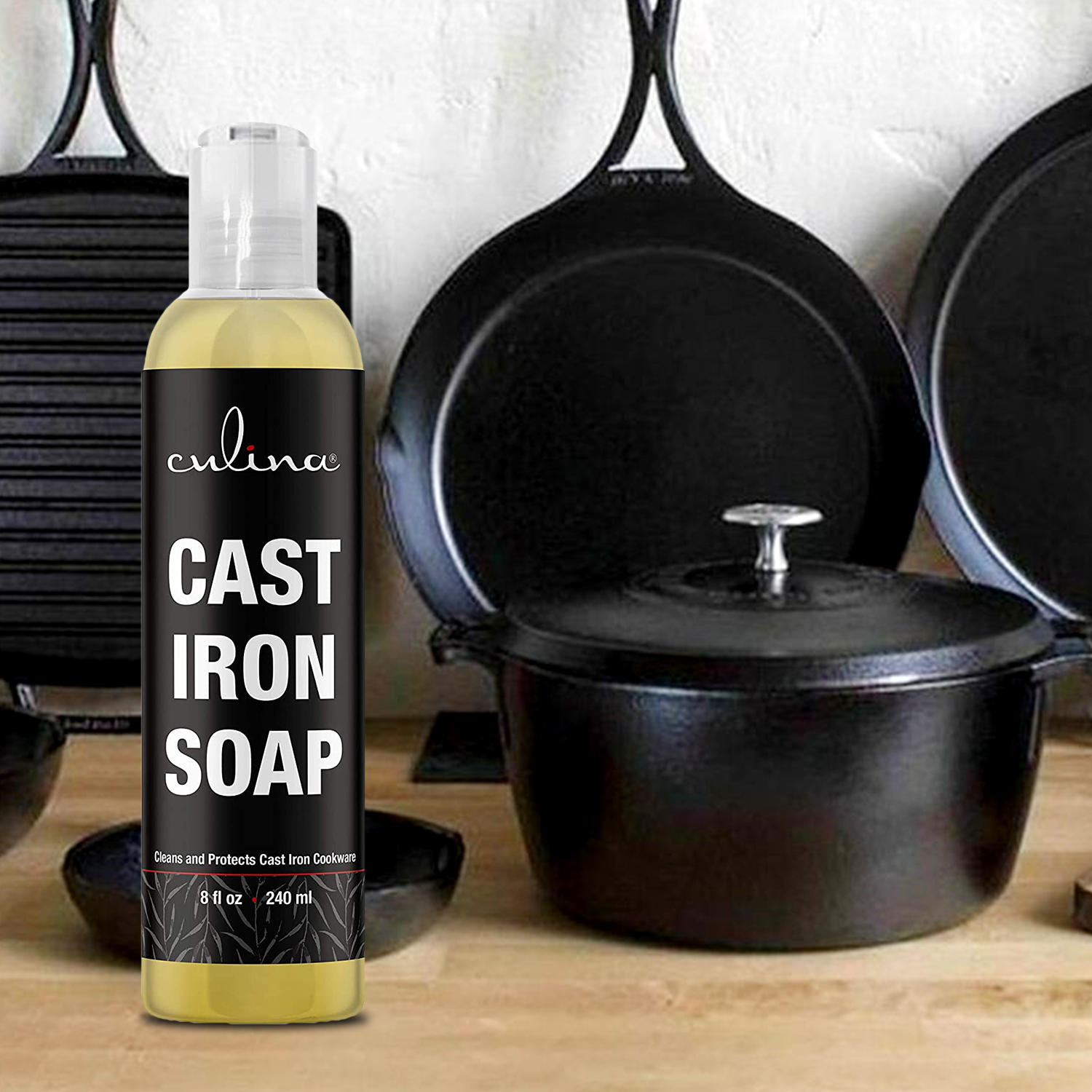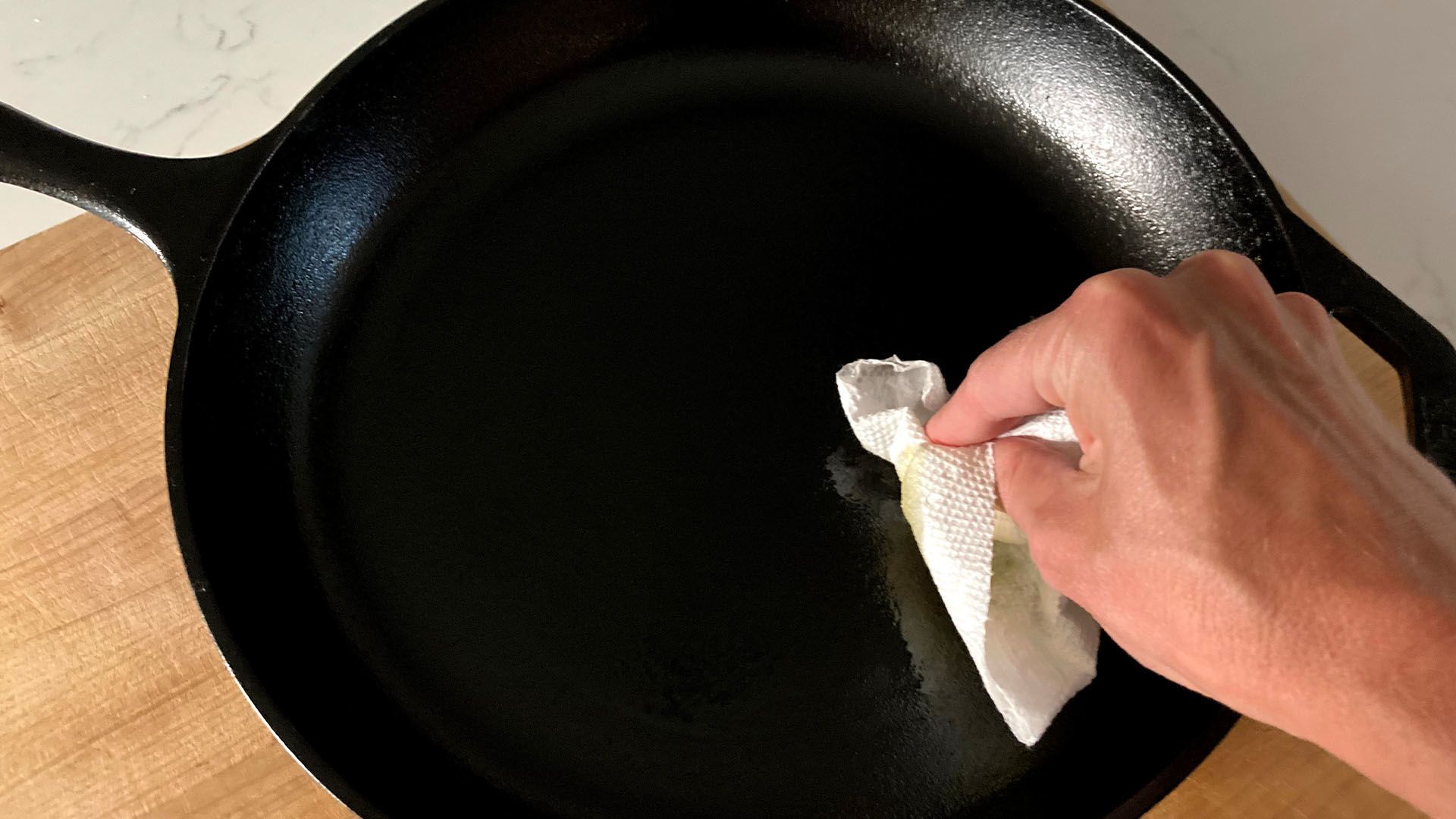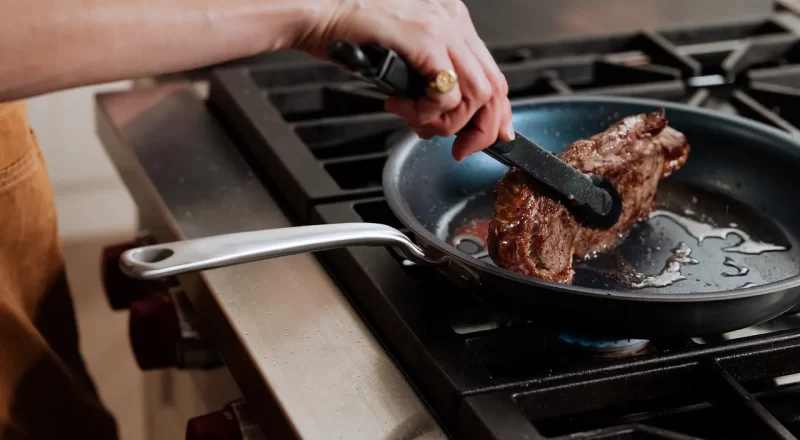A cast iron skillet is a kitchen staple for many, cherished for its durability, heat retention, and versatile cooking capabilities. However, maintaining it can be a bit tricky, especially when it comes to cleaning the bottom. In this comprehensive guide, we will delve into how to clean the bottom of a cast iron skillet efficiently and effectively.

The Importance of Cleaning Your Cast Iron Skillet
Cleaning the bottom of your cast iron skillet is essential for a variety of reasons. Not only does it maintain the skillet’s aesthetic appeal, but it also ensures even heat distribution and prevents unwanted flavors from affecting your food.
Why Does the Bottom Get So Dirty?
Often, the bottom of the skillet is exposed to high heat, which can cause oil residues and food particles to char and stick. Over time, this buildup can become challenging to remove, affecting both the skillet’s appearance and performance.

Essential Supplies for Cleaning
Before diving into the cleaning process, gather the following supplies:
- Stiff brush or scrub pad
- Mild dish soap
- Coarse salt
- Baking soda
- White vinegar
- Paper towels or clean cloth
- Cast iron conditioner or vegetable oil
Gathering Cleaning Agents
Using the right cleaning agents can make a significant difference in the cleaning process. We’ll discuss their benefits and how to use them effectively.

Step-by-Step Cleaning Process
1. Initial Scrubbing
Begin by using a stiff brush or scrub pad to remove any loose debris from the bottom of the skillet. This will make the subsequent cleaning steps more effective.
2. Applying Baking Soda and White Vinegar
Baking soda and white vinegar create a natural cleaning solution that can help break down stubborn residues. Sprinkle a generous amount of baking soda on the bottom of the skillet, then spray with white vinegar. Allow it to sit for a few minutes before scrubbing again.
3. Using Coarse Salt
For particularly tough spots, try using coarse salt as an abrasive. Sprinkle the salt on the skillet’s bottom and scrub with a damp cloth or brush. The salt will help lift and remove the charred residues.
4. Rinsing and Drying
After scrubbing, rinse the skillet thoroughly with warm water to remove any remaining cleaning agents. Dry the skillet immediately with paper towels or a clean cloth to prevent rusting.
Treating and Conditioning Your Skillet
Once the skillet is clean, it’s essential to condition it to maintain its non-stick properties and prevent rust. Apply a thin layer of cast iron conditioner or vegetable oil and heat the skillet on the stove or in the oven for a few minutes.
Regular Maintenance Tips
Regular maintenance is key to prolonging the life of your cast iron skillet. Here are some tips:
- Always dry your skillet immediately after washing.
- Avoid using harsh detergents, which can strip the skillet’s seasoning.
- Re-season your skillet periodically to maintain its non-stick surface.
Common Mistakes to Avoid
While cleaning your cast iron skillet, there are a few common mistakes to avoid:
- Using metal scouring pads, which can damage the skillet’s surface.
- Leaving the skillet soaking in water, which can cause rust.
- Neglecting to dry the skillet thoroughly.
Additional Resources
For more tips on cast iron care, check out these useful resources:
FAQs
Can I use soap on the bottom of my cast iron skillet?
Yes, but make sure to use a mild dish soap. Harsh detergents can strip the skillet’s seasoning.
How often should I clean the bottom of my skillet?
Regular cleaning after each use is essential to prevent buildup of residues.
What should I do if my skillet starts to rust?
If you notice rust, clean the skillet using the steps outlined and re-season it to restore its non-stick properties.
For more in-depth information, check out this external guide on cleaning cast iron skillets.
As an Amazon Associate, I earn from qualifying purchases.

